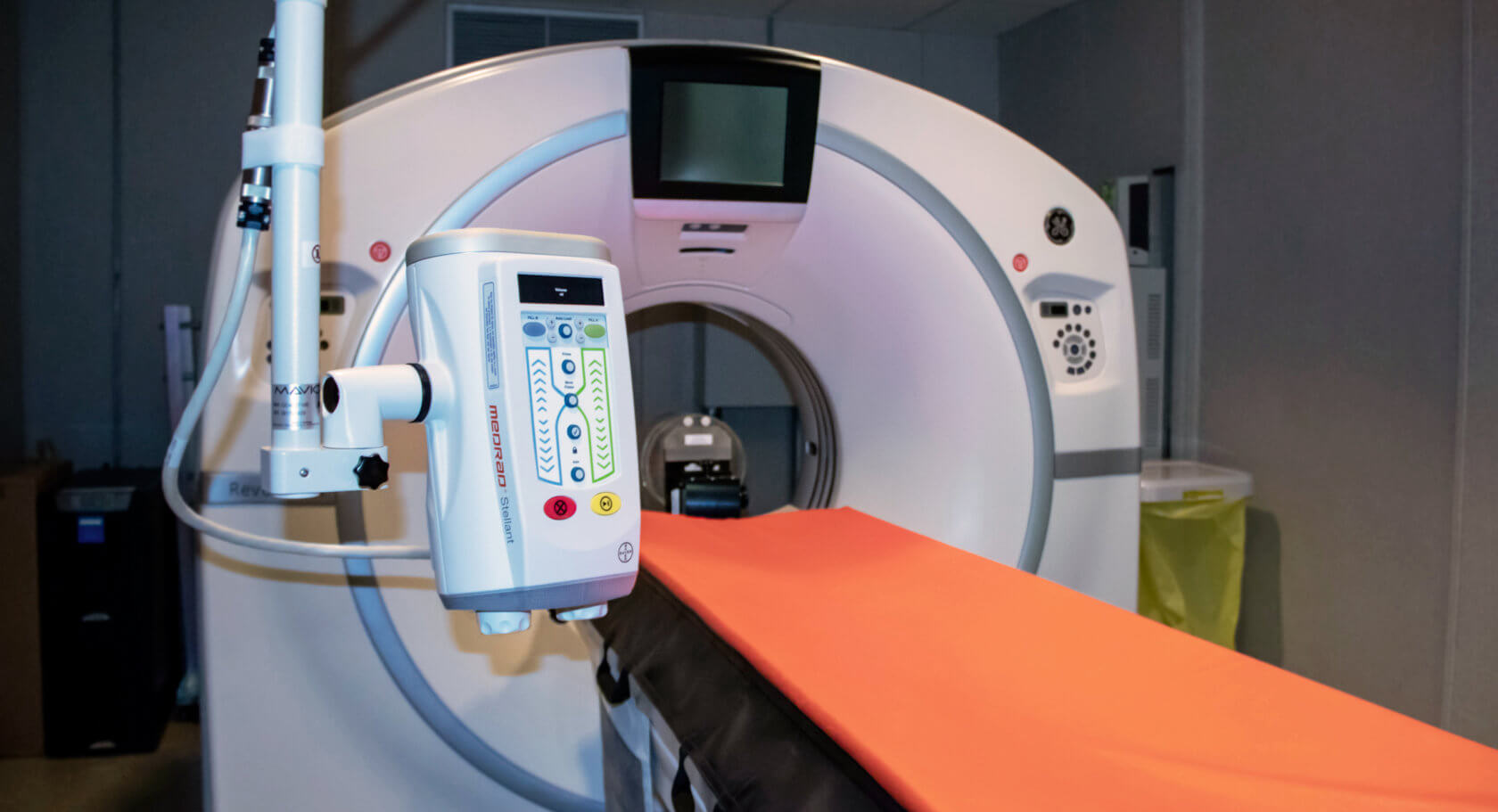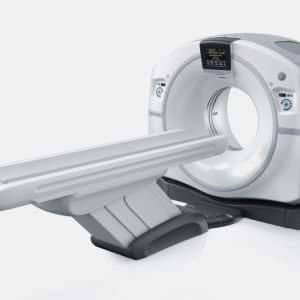
CT Scanner Going Over Big
By SHCHD,
By Keith Easthouse, reporting for The Humboldt Independent
If you build it, they will come.
That the take-home message with regards to the Southern Humboldt Community Healthcare District’s new CT scanner, an important diagnostic tool that has proven a popular draw since it went into operation in December.
How popular? According to Matt Rees, the district’s chief executive officer, 83 patients had received CT scans as of last Friday. That works out to nearly two scans per day, well above the 1.3 scans per day that had been identified as necessary for the district to break even on its investment.
Nearly two scans have been given per day, well above the 1.3 scans per day that had been identified as necessary for the district to break even on its investment.
“The CT has been utilized to a greater extent that even I had hoped for,” remarked Paul Eves, the district’s chief financial officer, during last Thursday’s regular monthly meeting of the district’s governing board.
The CT scanner, housed in a modular facility near the Emergency Room entrance at Jerold Phelps Community Hospital, had a hefty price-tag: $446,000. Add in construction costs related to the building of the 455-square-foot modular facility and other expenses, and the overall cost of the project — paid with funds raised by the district’s parcel tax and with revenues from hospital operations — was in the $900,000 to $1 million range.
That’s a significant investment for a small rural hospital. But if the machine continues to draw patients to the extent that it has so far, it will become a major money-maker.
“At two [patients per day], that will be more like half a million in additional cash flow. That’s money we’ll be reinvesting in health care services,” Rees said.
Because of the district’s not-for-profit status, “we’re not paying stockholders,” as a for-profit hospital does, he went on. “We’re always looking to reinvest. The money goes right back into healthcare for the community.”
How it works.
CT scanners, which use two-dimensional X-ray images taken from different angles to produce three-dimensional images of specific areas of the body, are a particularly powerful diagnostic tool.
Among other things, they are used when a patient has been involved in a vehicle accident to see if there is any internal bleeding. Because CT scans can also reveal a pulmonary embolism, they are also helpful in determining whether a patient is having a heart attack or a stroke.

The district’s CT scanner has one more certification test to undergo and it will be able to provide something else to patients: a low-dose lung scan, used for cancer screening.
So far, the patients who have utilized the machine have come from the Garberville-Redway area. But that’s likely to change. “We just got advertising out to doctors’ offices up north. So maybe [there will be] referrals towards the end of the month” from patients living in places like Fortuna, Rees commented.
On other matters, the hospital board in a unanimous vote gave the district the go-ahead to obtaining financing of up to $400,000 to cover “much needed” equipment purchases, to use Rees’ language.
Among them is a recently-bought computerized telecommunications system known as Nurse Call that allows for communication between nursing staff and patients. It replaces a previous system that Rees said was “non-functioning.”
“It’s a new and better system for monitoring patients,” he summed up.
SHCHD, Staff writer